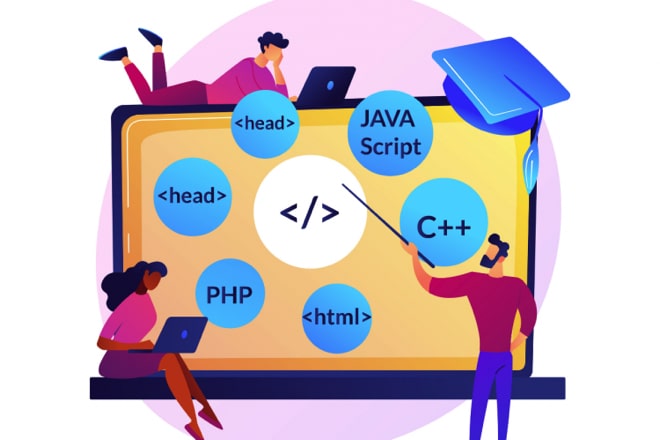oneM2M is currently finalising a set of specifications for Release 4 of the standard while conducting parallel work on features to include in Release 5. Some of the new features under discussion include the topics of AI for Internet of Things (IoT) systems, tools for data licensing and, controls to guarantee adherence to privacy regulation such as GDPR and PIPA (Korea). Participation in oneM2M’s technical standardisation activities is open to organisations across the world and provides a forum to exchange knowledge and discuss emerging trends that will drive future IoT innovation.
The new developments come at a time when the IoT market is maturing as industry groups focus on innovative and repeatable solutions for smart buildings, smart city, and smart home domains, among others. These build on earlier efforts to engineer low-cost hardware and connectivity services for IoT data. Now, the availability of data is spurring the IoT industry to identify new opportunities and sources of value. Data sharing and technologies that enable privacy controls are two new frontiers for IoT systems. They represent new requirements for building interoperable, scalable, and more sophisticated IoT solutions.
“oneM2M’s standards release cycle provides a framework to improve existing specifications based on interoperability testing events. The framework also helps to address new use cases and industry requirements while providing a roadmap for implementation and commercialisation purposes. As we embark on planning for Release 5, we welcome industry contributions at our next technical plenaries from August 30 to September 17 (virtual format) and November 29 to December 3 (hybrid format)”, said Roland Hechwartner, Chair of the oneM2M Technical Plenary.
Building on the contributions of more than 250 member organisations, oneM2M specifications provide a technical framework to support end-to-end IoT systems, applications, and services. These have been developed in an open and collaborative environment, with a clear governance framework. oneM2M’s general-purpose architecture and family of developer tools are said to be applicable across a wide range of application domains.












